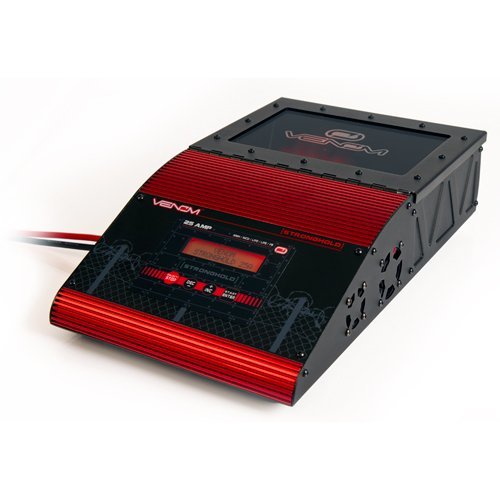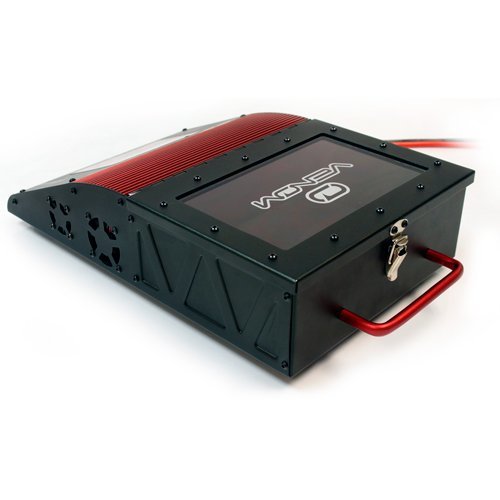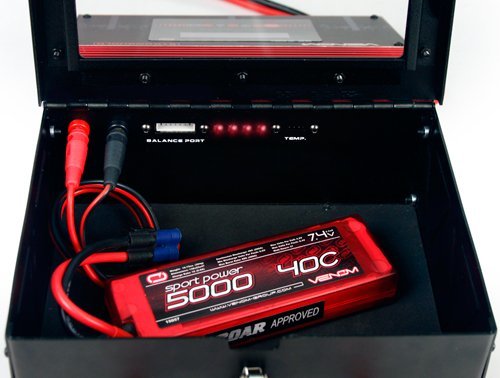I was charging one of my small 130mah batteries for my nano quad, I guess I didn’t pay attention to the current setting and watch it closely and it caught fire/exploded. Luckily the fire went out before I got the fire extinguisher (which wouldn’t help an electrical fire) but it made a nasty burn on the table and burnt the charger.
I do take full responsibility for the damaged charger, it still seems to work except the LCD and buttons are charred. I can replace it with a new one I don’t know who the owner is though. @hasbridge suggested we make a lipo battery bunker and put up a warning sign to watch your batteries (Ironically, theres a giant red sticker on the charger warning me of exactly what I didn’t do) and we should have a sign on proper use of the chargers.
I’m going to stick to my small 300mah USB charger for now, I don’t want to make that mistake again.





